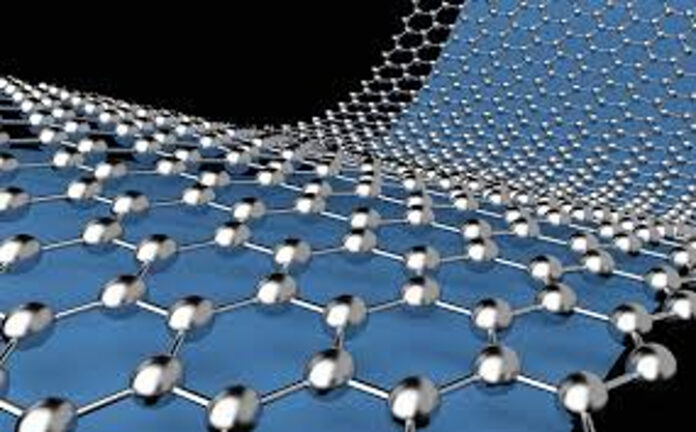Faster Charging, Longer Life, & Less Chance Of Explosion & Fire, Graphene The New Advancement In Battery Power
Thursday, May 23, 2024, 3:00 P.M. ET. By Ryan Metz: Englebrook Independent News,
MANHATTAN, NY.- Graphene, is a single layer of carbon atoms arranged in a hexagonal lattice structured sheet. graphene is poised to become the material of choice to replace lithium-ion batteries, the batteries that power everything from cell phones to electric vehicles.
Graphene has 10 times the energy density of lithium-ion batteries and can charge in seconds to minutes, has a lower rate of overheating and thermal runaway, is not prone to explosion or fire, and can last up to 10 years. Combining graphene with other types of batteries such as superconductors can also increase the efficiency of batteries as well as enable them to operate in extreme cold.
While lithium-ion batteries are currently utilized throughout a vast number of industries, they are not the ideal choice for battery material. Lithium-ion batteries have been linked to fires and in some instances, explosions, one example we all remember is “Hoverboards,” lithium-ion batteries are also expensive to produce, do not function well in cold weather, and have a limited capacity.
Because of these attributes and the expected transition from combustion engine vehicles to EVs, the hunt is on to find the materials for the next generation of batteries. “If there is one battery technology to keep an eye on, it is graphene,” says Jard van Ingen, co-founder and CEO of Focus, an AI analysis platform that predicts technological breakthroughs based on global patent data. Acumen Research and Consulting is also predicting graphene to become an industry worth over $1 Billion by 2032, up from $105 Million last year in 2023.
Graphene does have one drawback, it’s currently not produced in large quantities to fully replace the lithium-ion market. Scientists and engineers are working with over twenty production methods to find the one that will produce graphene in large quantities and at low costs. Once this has been achieved, graphene will finally be able to be utilized in the same way lithium-ion is being used.


.jpeg)